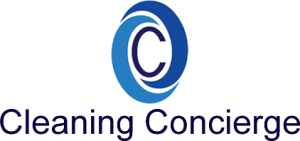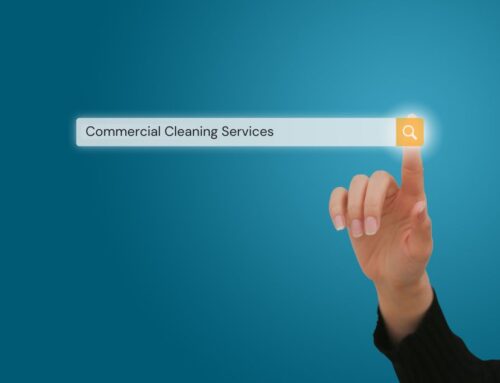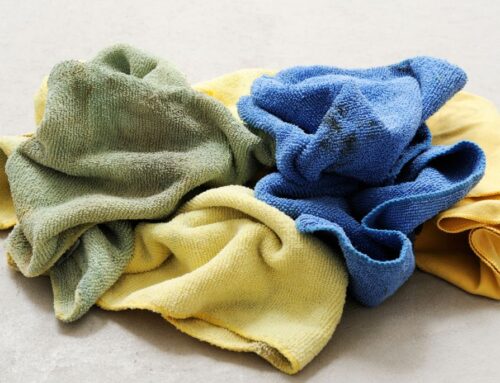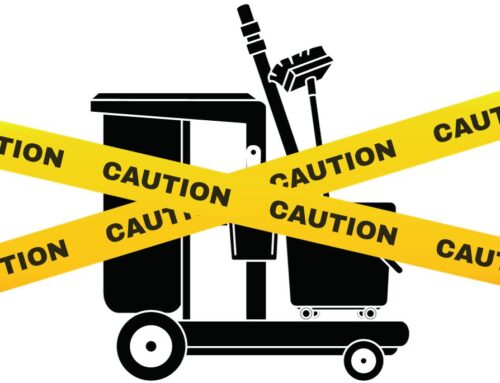“How much does it cost to keep a facility looking and feeling clean?”
It happens almost every time. As we are presenting our proposal for janitorial services, the prospective client will begin to flip through the pages of our proposal to find the page where we have detailed our pricing. Knowing where this cost comes from is very important to facility managers. And if you know what factors drive the price, you are in a better position to select the best contractor for the scope of services. The following items impact the cost of cleaning in your building:
- Number of people using the facility
- Type of business
- Characteristics of the facility
- Type & frequency of services requested
- Quality expectations
Before looking at these issues, it is important to point out the obvious. The single greatest cost associated with cleaning your facility is the cost of labor, and more specifically, how many labor hours are required to keep a facility clean and orderly. Each of the following factors has a significant impact on the estimated labor hours.
#1 – Number of People in Your Building
This is the greatest influencer on cost. Simply stated, people make messes that must be cleaned up. “People” may be employees, students, visitors, or patients. For example, a 30,000 sq. ft. call center with 400 employees across 3 shifts will cost more to clean than a 300,000 sq. ft. distribution center with 60 employees. More people means more trash, more dirt on floors, more refilling of restroom supplies, and simply more mess.
#2 – Type of Business
Certain types of businesses tend to create greater cleaning needs. For example, many manufacturing facilities tend to create a good amount of dirt, dust, and grime that may be more difficult to clean than a corporate office building. Schools, medical facilities, and public venues tend to require a greater amount of wiping of surfaces to disinfect. What each business “does” can significantly impact the amount of time it takes to clean.
#3 – Facility Characteristics
Time to clean a building can vary considerably depending on cleanable square footage, number of restrooms, floor types, building density, age of the facility, and a host of other factors. These building characteristics determine the type of cleaning to be done, the supplies & equipment needed, and the man hours necessary to do a good job. For instance, an older building with hard surface floors and crowded cubicles will take much longer to clean than a new building with big offices and carpet floors.
#4 – Type & Frequency of Services
Most janitorial agreements include the “big four” base daily custodial services: trash collection and removal, dusting and wiping surfaces, floor care (vacuuming and mopping), and restroom care. However, depending on the frequency of these services, cleaning hours can go up or down. For instance, in a medical facility, floors are likely mopped daily. However, a corporate office might only require this 2x per week.
#5 – Quality Expectations: “What is clean?”
Let’s face it, what is considered clean to one might be filthy to the next. Since expectation levels can significantly impact the cleaning time, it is important for the facility owner and the custodial team to have a clear understanding of the requirements. One facility owner shared with us that she wanted “to be able to run her finger across the top of the door frames in their offices at any time and not find any dust.” It is appropriate to have cleanliness expectations, but uniquely high expectations might require additional man hours.
So how much will it cost to clean your building?
The answer to this question is “it depends.” As mentioned earlier, labor costs account for most of the expense to keep your facility clean. How much labor varies depending on the number of people using the facility, the type of business, the characteristics of the facility, the frequency of services requested, and the expectations of quality.
If you would like to discuss the janitorial program at your facility and get a free estimate, feel free to reach out to us.





